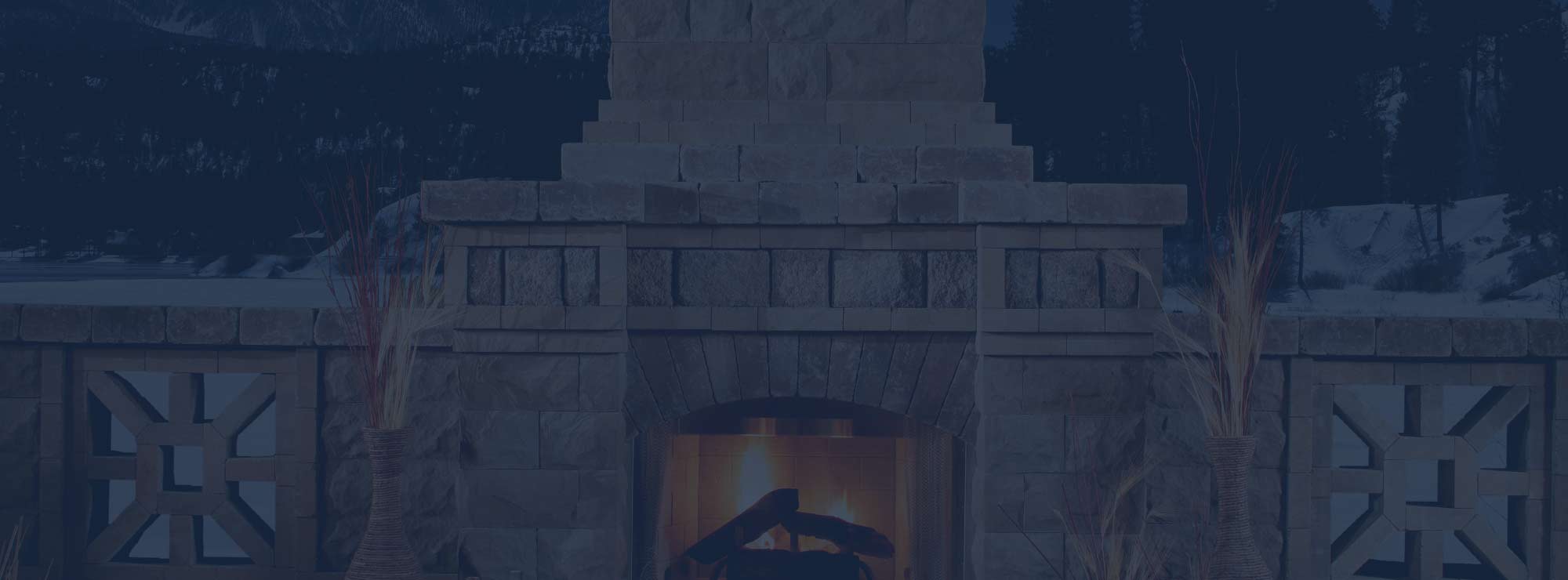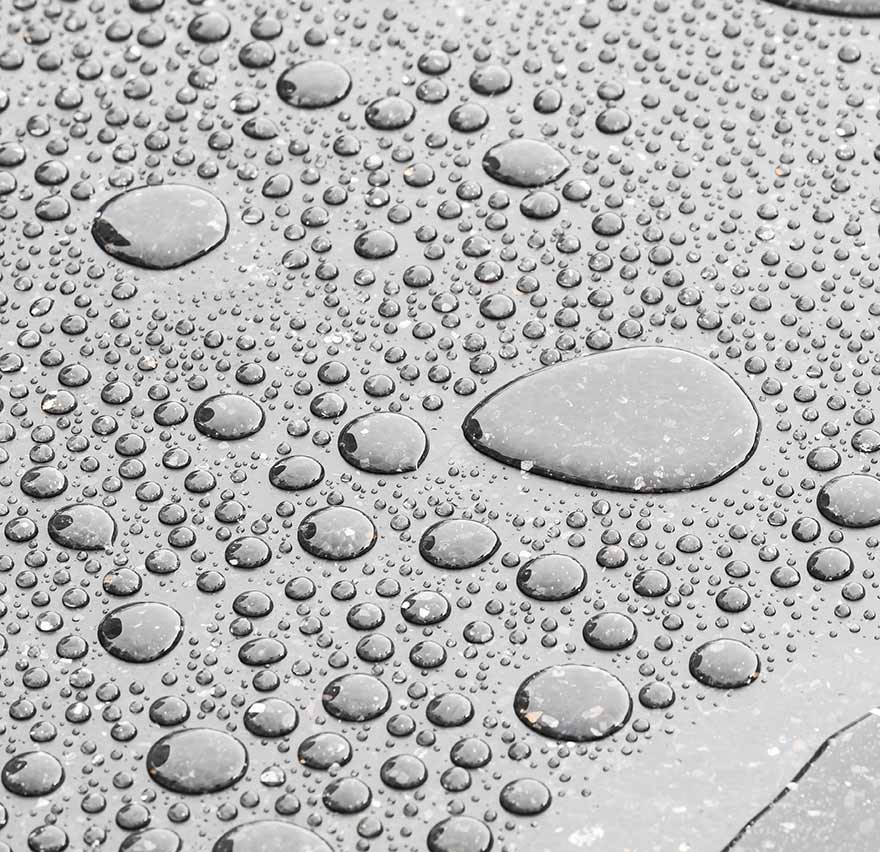
Protect and Maintain
Concrete Sealing

Concrete Sealing
To Seal or Not To Seal...
All concrete surfaces need to be protected and maintained to foster its beauty, integrity and longevity. There are many sealer products that are manufactured specifically to protect concrete. Many are blended in the same manufacturing facility and then a private lable slapped on the product claming to sell different features. RestoraCrete has spent many years evaluating and studying the Surface Protection Market and have come to establish key partnerships with some of the best sealer manufacturers in the marketplace.
The following is our best attempt at compiling key information our customers need to know about sealers and how to protect the surface.
What is the difference between water-based and solvent-based products?
Solvent-based products typically contain high levels of Volatile Organic Compound (VOC) and were traditionally for use on wood and metal surfaces, giving a glossy finish but associated with longer drying times and a strong smell, However, water-based products have typically low levels of VOC and have come along way over recent years. Many companies offer a water-based sealer equivalent to a solvent-based option. The benefits of a water-based product includes quicker drying times, less smell, and easier cleaning up with brushes and rollers being able to be rinsed with water rather than white spirit, making the whole decorating process more environmentally friendly.
Washing solvent-based sealers from brushes require the use of white spirit or solvent-based brush cleaners, which in themselves release VOCs when used, and are difficult to dispose of because of their hazardous nature. Therefore, using water-based products, where brushes can be washed in soapy water, can further reduce the environmental impact of decorating.
Volatile organic compounds (VOCs) refers to organic chemical compounds which have significant vapor pressures and which can affect the environment and human health. VOCs are numerous, varied, and ubiquitous. Although VOCs include both man-made and naturally occurring chemical compounds, it is the anthropogenic VOCs that are regulated, especially for indoors where concentrations can be highest. VOCs are typically not acutely toxic but have chronic effects. Because the concentrations are usually low and the symptoms slow to develop, analysis of VOCs and their effects is a demanding area.
Types of Sealers
Penetrating Sealers
Penetrating sealers , such as silanes, siloxanes, and silicates, react chemically within the capillaries of the concrete to shield against moisture penetration and deicing chemicals. Usually they provide invisible protection without changing the surface appearance. They are most commonly used to improve the durability of exterior concrete surfaces subject to corrosion and freeze-thaw damage
RestoraCrete has the best selection of the state-of-the-art penetrating sealers for concrete and brick pavers:
- A wide choice of top-quality sealers using silicate, polysiloxane, silane, or polyester technology
- Commercial, industrial, or residential applications
- Indoor or outdoor, horizontal and vertical surfaces
- New or old
- Underground or above-grade.
These are not paints or surface sealants but unique, penetrating sealers that seal the substrate internally. The heaviest and strongest sealers in their class. Their common features:
- No surface film – the seal cannot peel or wear off
- Deep penetration into substrate (1/2 to 4 inches)
- Preserve substrate against deterioration due to moisture and chemicals
- UV-resistant – hidden deep below the surface
- Durable seal for many years or the life of the substrate
- Breathable – the smallest pores remain open
- Easy and safe application with a low-pressure sprayer
- Environment-friendly, no solvents, waterborne, zero or very low VOCs
- User-friendly, non-toxic, nonflammable, non-hazardous.
Film Forming Sealers
RestoraCrete uses the best selection of Film Forming Sealers. Film forming sealers are the type most often used for decorative concrete work, and concrete brick pavers and they do just what the name implies - form a protective film on the surface of the decorative concrete. Most of them also impart a sheen that highlights the beauty of colored or exposed-aggregate concrete. In the category of film forming products, you'll find three types, each possessing different advantages and limitations:
Polyurethanes. These sealers are also available in water- and solvent-based versions. They are nearly twice as thick as an acrylic sealer and provide excellent resistance to abrasion and chemicals. But most polyurethanes are moisture intolerant until they cure. That means if any water is present on the surface when the sealer is applied, a chemical reaction will occur that results in foaming and bubbling.
Acrylics. Available in both solvent- and water-based formulations, acrylic sealers are generally the easiest to apply and the most economical. They are widely used on exterior surfaces because they are UV resistant, non-yellowing, and provide good protection against water and chloride intrusion. However, they usually are much thinner than polyurethanes and epoxies, so they wear faster and usually require reapplication sooner.
Epoxies. Just like urethanes, epoxies produce a hard, long-wearing, abrasion resistant finish. They bond very well to concrete and cement-based micro topoing or overlays and are available clear or pigmented if you wish to add color. However, epoxies have a tendency to yellow with UV exposure, so they generally are limited to interior applications..
Penetrating sealers (includes silanes, siloxanes, and silicates) - Penetrate and react chemically within the capillaries of the concrete to shield against moisture penetration and deicing chemicals.
Primary Applications
- Exterior concrete surfaces subject to corrosion and freeze-thaw damage
- Where a natural, matte finish is desired
Type of Finish
Provide invisible protection without changing the surface appearance or leaving a sheen.
Performance
Provide excellent protection against outdoor exposure conditions. Most products are also breathable, allowing moisture vapor to escape.
Acrylics - Form a high-build protective film on the concrete surface. Available in both solvent- and water-based formulations.
Primary Applications
- Both exterior and interior concrete
- On projects where easy application and economy is important
- To enhance the beauty of colored, stamped or exposed- aggregate concrete
- On fast-track projects, since acrylics often dry to the touch within an hour
Type of Finish
Available in a range of sheen levels. Solvent-based acrylics generally enhance color better than water-based products.
Performance
Provide good protection against water and chloride intrusion, but usually wear faster than polyurethanes and epoxies.Solvent-based acrylics generally perform better than water-based products for outdoor use. On indoor surfaces, softer acrylic sealers usually require regular maintenance with several coats of a sacrificial floor finish, or wax, to prevent wear and black heel marks.
Polyurethanes - Form a high-build protective film on the concrete surface. Available in both solvent- and water-based formulations.
Primary Applications
-
Both exterior and interior concrete
-
On floors in high-traffic areas, to provide good resistance to scuffs and staining
-
To enhance the beauty of colored, stamped or exposed- aggregate concrete countertops
Type of Finish
Available in a range of sheen levels. Finish is transparent and non-yellowing.
Performance
Nearly twice as thick as acrylic sealers, and produce a very durable chemical- and abrasion-resistant finish. Most urethanes are moisture intolerant until they cure, so no water should be present on the surface when the sealer is applied.
Epoxies - Form a high-build protective film on the concrete surface. Most are two-component products mixed prior to application.
Primary Applications
-
On floors in high-traffic areas
-
Cement-based overlays
-
May yellow with UV exposure, so generally limited to interior use
Type of Finish
Available clear or pigmented, if you wish to add color. Most products impart a glossy finish.
Performance
Produce a hard, long-wearing, abrasion-resistant finish. Also offer excellent water repellence, but some products are impermeable and could trap moisture in the concrete.
